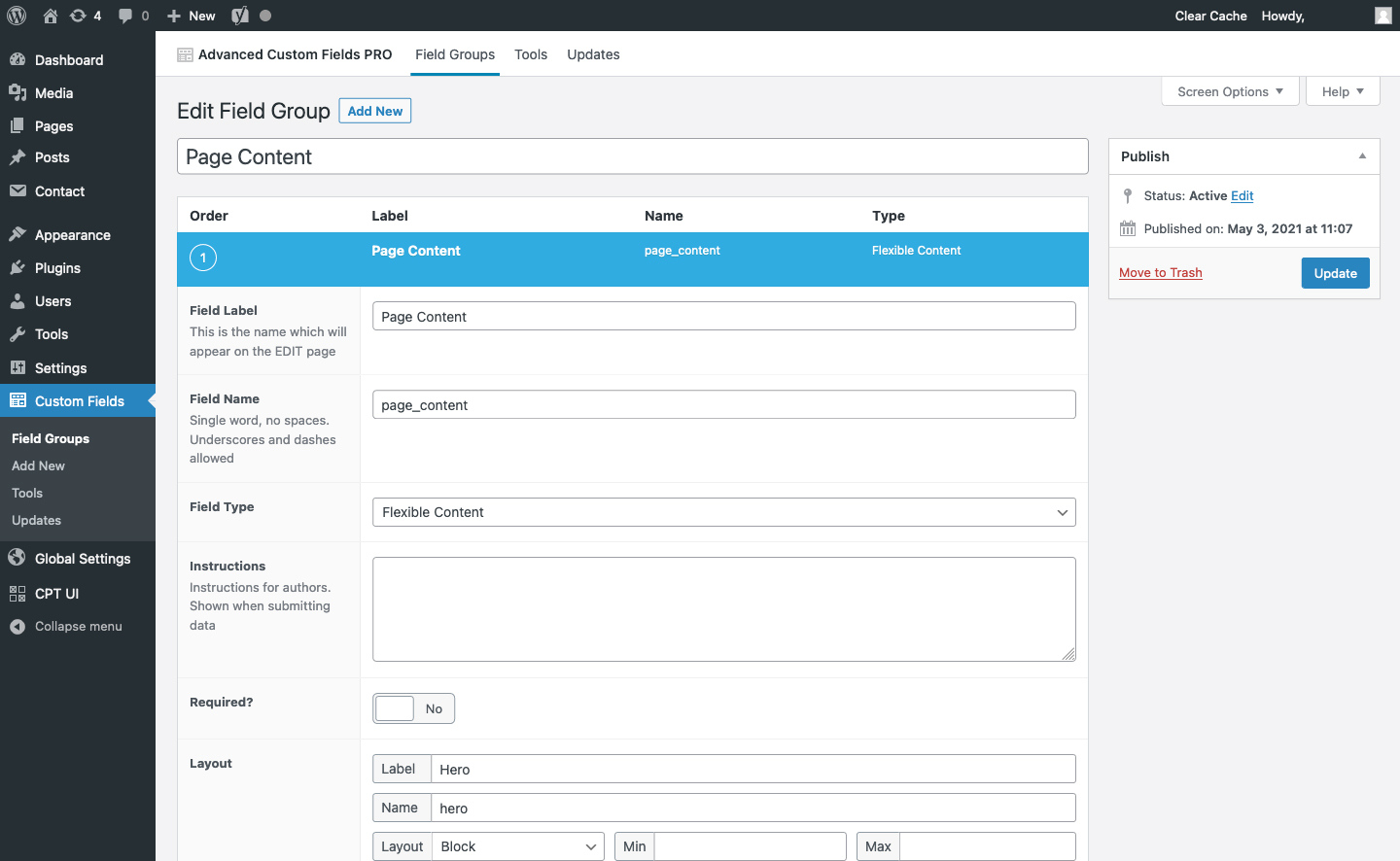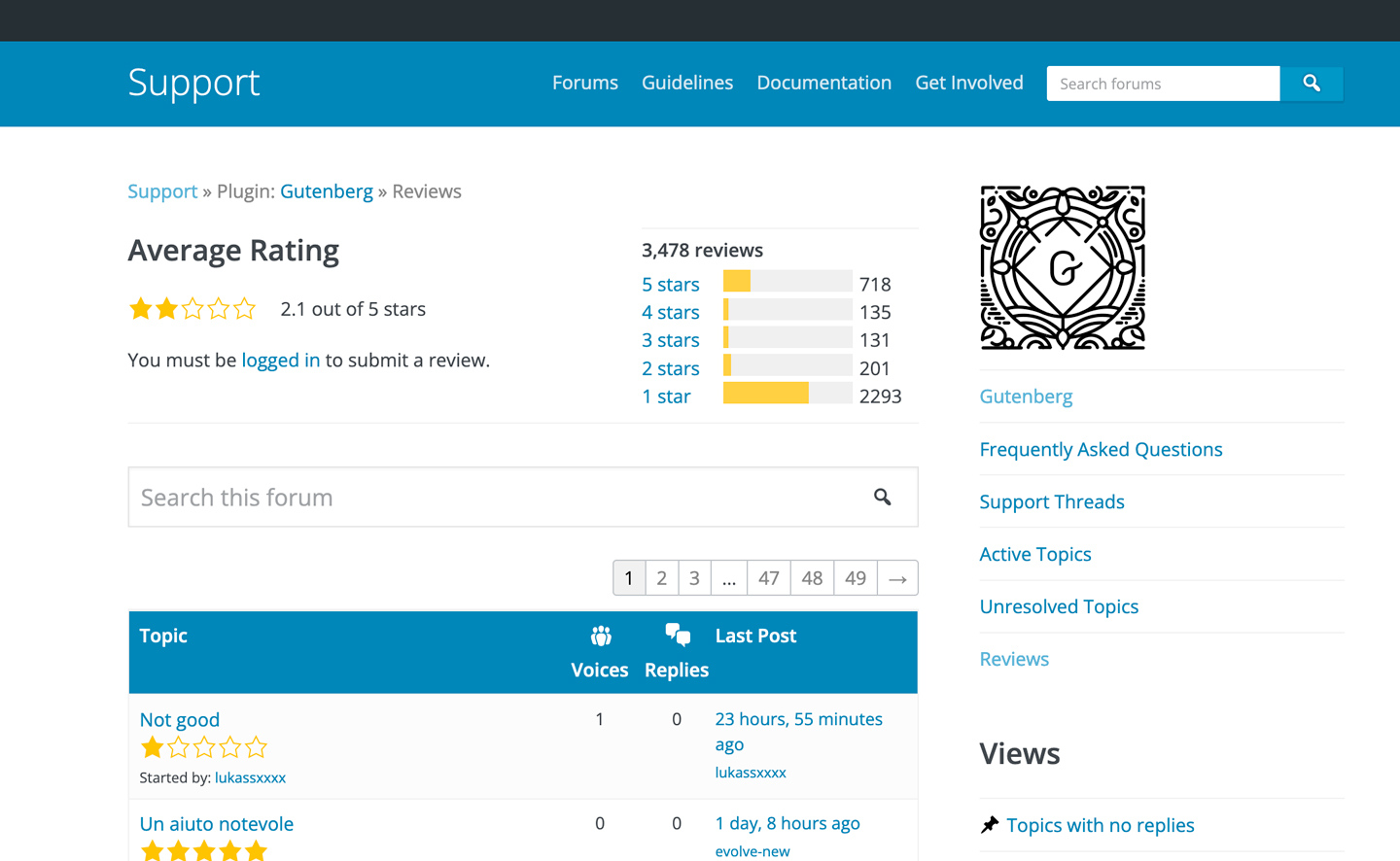
Why every Web Developer should learn web accessibility (A11y)
Imagine trying to use a website and finding out it only works for 75% of it's users. Annoying right? Well that's what...
7 December 2021
Everyone knows that WordPress is the biggest CMS in the market right now, with 42% of websites being built on the platform.
WordPress was originally built as a blogging platform but over the years, with thousands of themes and over 54,000 plugins, companies have started to use it for their small, medium and even large businesses.
I began with WordPress back in 2012. Back when it was quite simple and easy to use. There was no page builders, just good old fashioned HTML & PHP to churn out your custom development.
There were limitations of course. Just having the main editor and no other area meant you had a lot of hard coded content on the site. So if a client wanted something changed they had to come to me to make an amend, which isn’t very feasible!
In 2016 I started working at a Sports company who used ACF Pro to make their sites more bespoke and client friendly. This opened so many doors! The days of hard coded content was over, and flexible content was a game changer. ACF Pro was an additional cost, which wasn’t too bad, but the way it expanded WordPress was well worth the price.
Using ACF we were able to create our own custom boilerplate, in which we made builds more efficient and cost effective. Sounds great right?
Sadly this didn’t last too long when WordPress announced Gutenberg, their very own page builder.
I remember shortly after this going to Twitter HQ for a WordPress panel discussion, where the designers and developers of the functionality were answering questions.
While there I asked one of the designers, would there be functionality in which agencies/developers could disable certain features.
I have a good reason for this question, I promise!
Like so many developers, I build around a brand. Making sure all font sizes and colours are on brand, so the website looks clean and professional.
So by asking the question, I wanted to make sure these features were allowed, and was met with a sharp “No”. Essentially this was returning WordPress back to its roots and becoming a blogging platform.
After 4 years of using ACF, I found Gutenberg a very long winded way of creating blocks. Firstly you had to build any new blocks in React, which was a bigger job than using PHP and HTML.
However this I could deal with. My biggest grievance was the accessibility of the plugin. Once released the issues started pouring in, from colour contrast problems. Keyboard navigation, buggy controls, the issues were endless!
Due to the number of issues coming in and fixes being implemented this also meant WordPress updates were coming thick and fast, and sadly weren’t fixing the biggest problems.
I ended up disabling Gutenberg and going back to good old ACF so at least my clients could use their website!
In early 2020 I joined Bluegg. As an agency they introduced me to Craft CMS.
After a few weeks of getting used to the platform and reminding myself how to code with twig, I was swayed!
It’s a CMS built for content. Isn’t that what we really want anyway?!
Using Matrixes you can create flexible content where the client can decide on their own design. Similar to Gutenberg, however the brand isn’t lost and the accessibility problems are gone!
However I wasn’t done with WordPress yet. The pandemic hit, and I found myself doing some smaller WordPress builds to make ends meet.
I was reminded swiftly how bloated and heavy WordPress core is. It’s the problem with being an open source software that anyone can contribute to. Obviously not everyone goes through, but so much of it is unnecessary.
The security of the platform is also a nightmare. Everyone know the dashboard login url, so it’s easy to find and potentially hack. Why haven’t WordPress added a setting in which this can be changed?! Simple ideas which have never made its way into the core.
This cemented my feelings. I was finished being a WordPress developer for the time being. If there’s a drastic change in the future, maybe I’ll come back, however it’s a platform built for themes and plugins, and not for the customer.
The customer should come first, and this is why I now choose Craft CMS.
Imagine trying to use a website and finding out it only works for 75% of it's users. Annoying right? Well that's what...
I attended the online conference Women in Tech, hosted by the IGPP. With a variety of speakers, the day was filled...
Today we launched Asset Locations for Craft CMS 4, which has been in development for the last few weeks.




